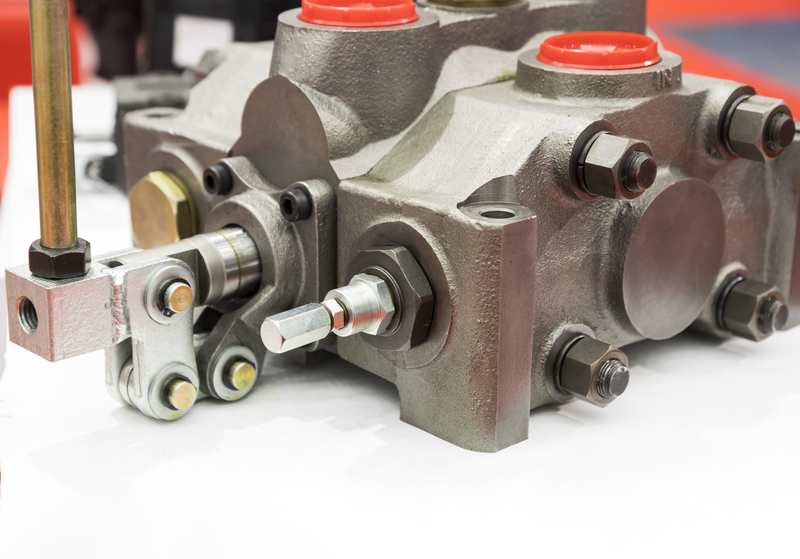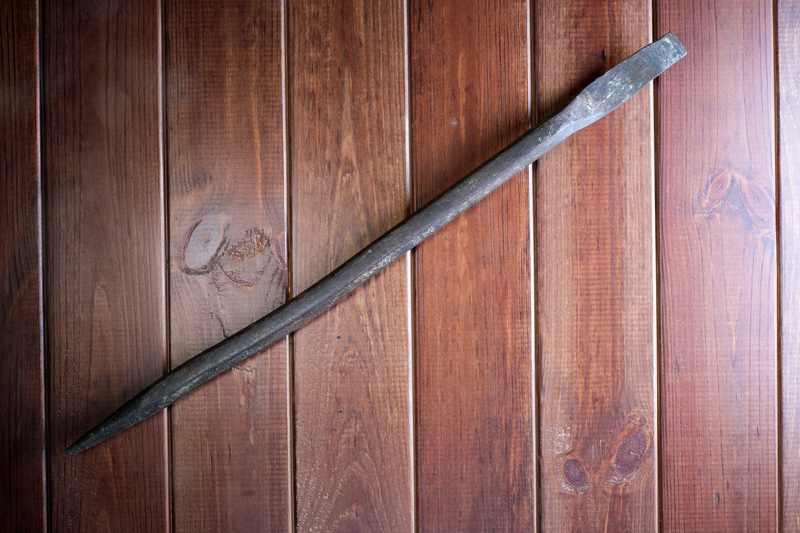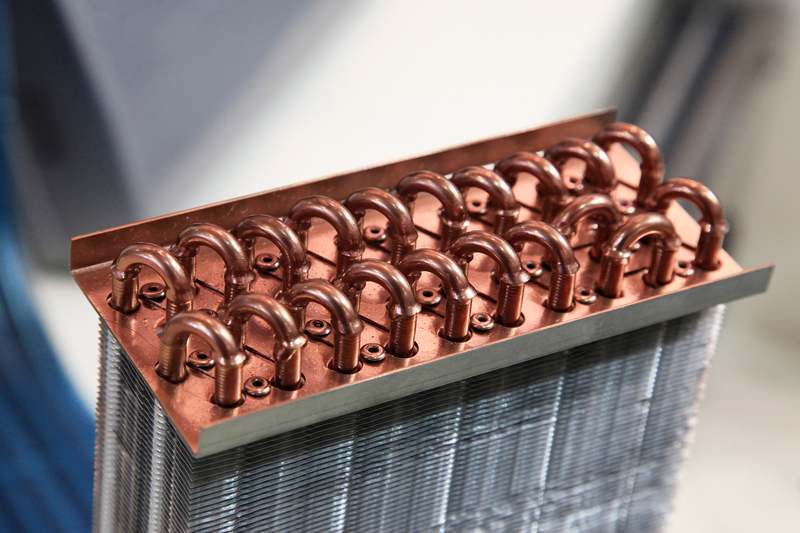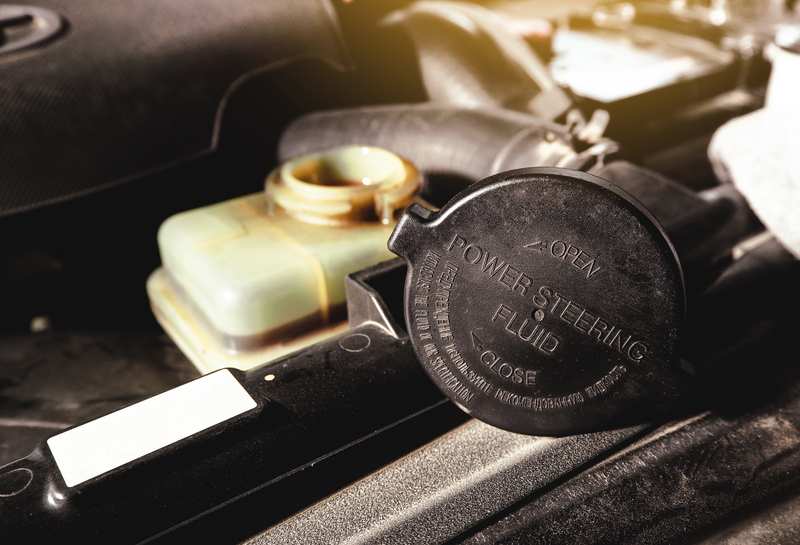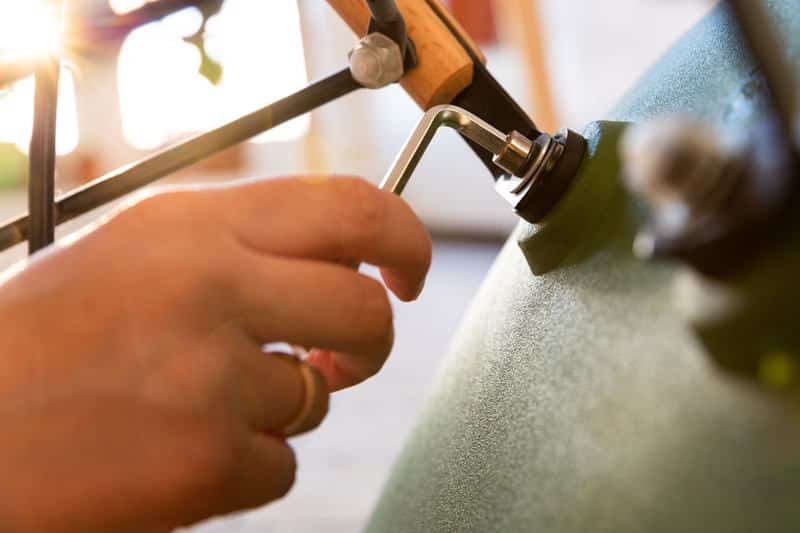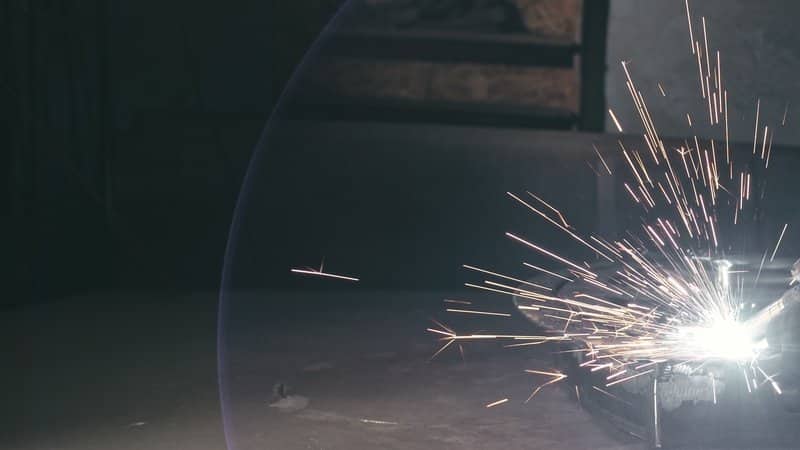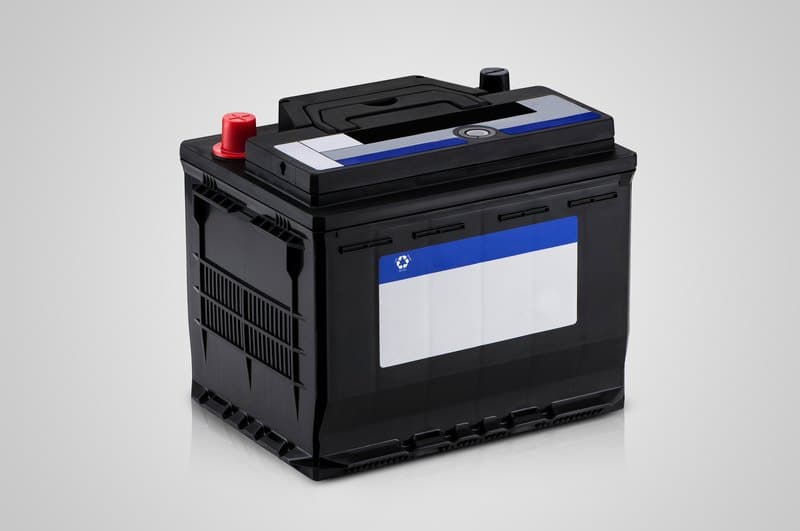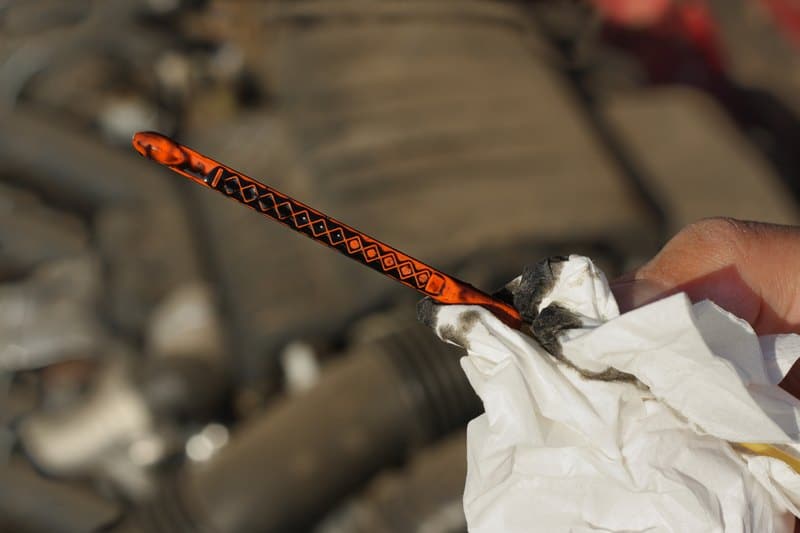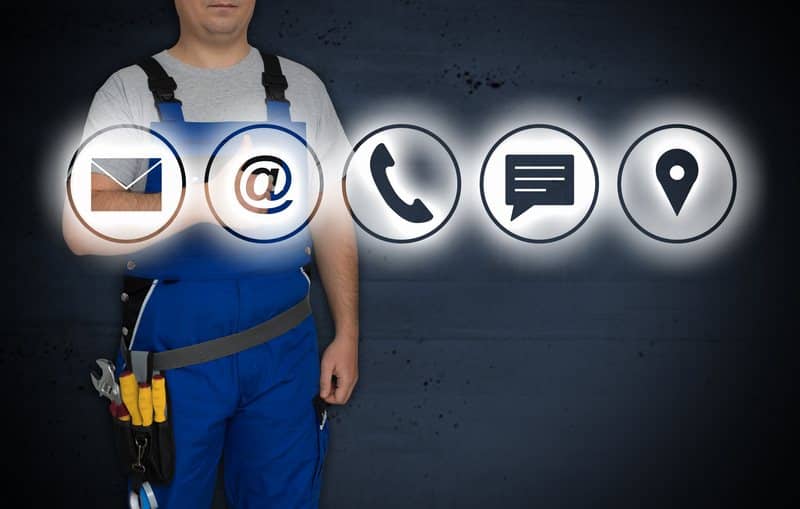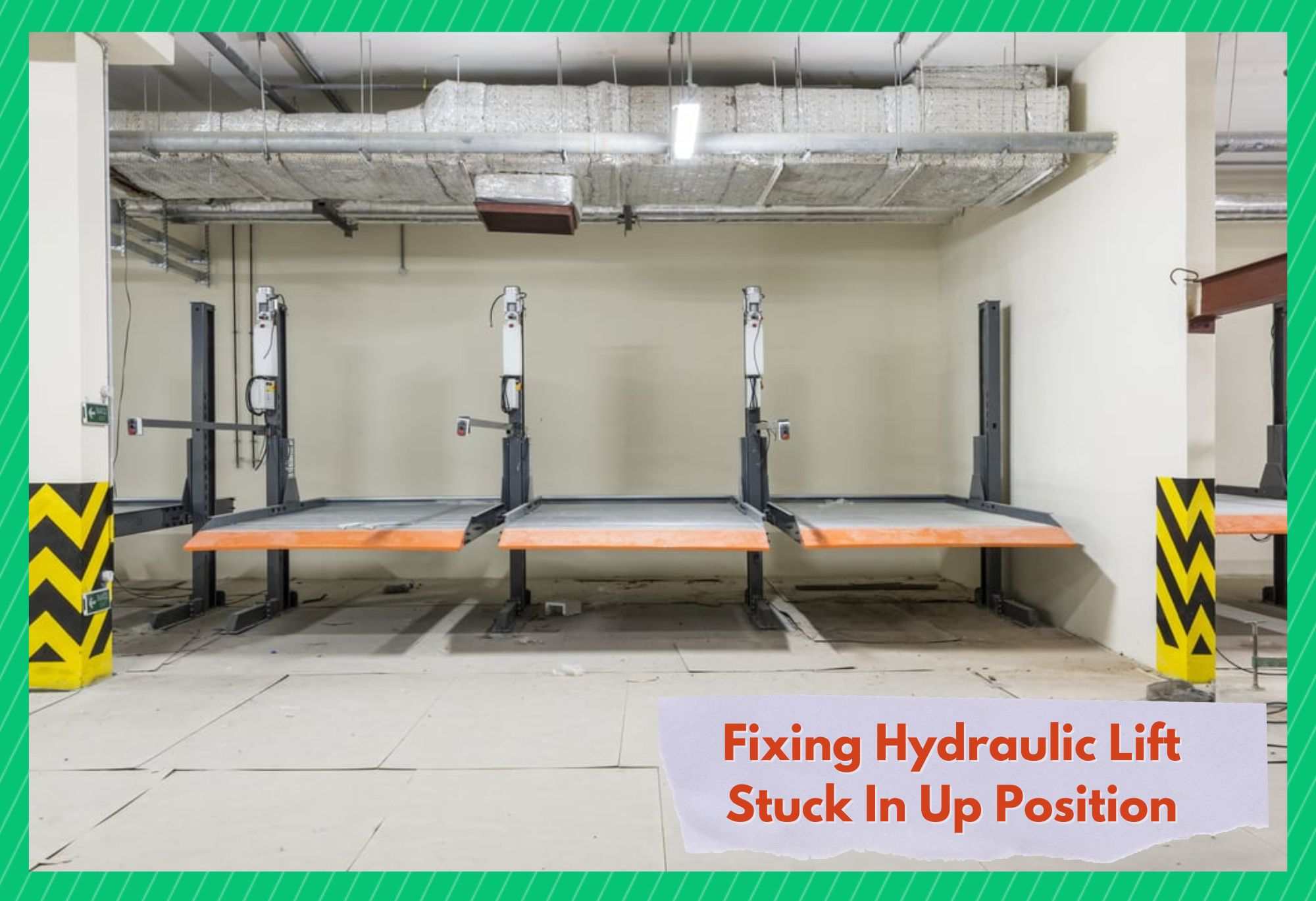
A hydraulic lift is popular as non-scissor lifting equipment that’s used for transferring the vehicles and other goods between different floors. These lifts are designed to tilt, lift, and rotate to ensure the safe transfer of the vehicles.
A hydraulic lift is actually stable equipment that easily adapts to high-frequency operations. However, there are instances when the hydraulic lift gets stuck in the up position and doesn’t unload the vehicle/goods.
Fixing Hydraulic Lift Stuck In Up Position:
- Fix Control Valve
If the hydraulic lift is stuck in the up position, there are high chances that the control valve has been jammed. The control valve is important for controlling the flow, level, pressure, and temperature of the fuel, and is designed to open and close according to the signals received by the controllers.
The solution is to inspect the control valve and clean it up to ensure grease buildup isn’t jamming the control valve. On the other hand, if you don’t know where the control valve is located, you can consult the manual to locate the valve.
Once you locate the valve, dump all the oil from it and collect the engine fuel in a container by removing the bottom bolt. When the fuel and oil are cleared, clean the unit with kerosene oil, and add the fuel and oil to their respective chambers again.
However, we suggest that you rinse the unit two to three times to ensure proper cleaning. When the oil is added, try moving the lever, and the lift will come down.
- Use A Pry Bar
If fixing the control valve didn’t work, it is recommended that you use a pry bar to pull down the lift. The pry bar is designed to magnify the force, so it’s best that you hire some technicians to help you out.
A ply bar has a flattened and angled end, which works as a lever, so you can apply more force. However, before you use the pry bar, you need to drain out the oil, and the pump should be cleaned to prevent accidental spillage during lift retrieval.
- Heat Degradation
Heat degradation is one of the most common reasons behind a stuck hydraulic lift. This phenomenon means that there is excess heat in the hydraulic system and the lift is unable to dissipate the heat.
In most cases, the hydraulic pump is significantly impacted by the dropping viscosity of hydraulic fluid – it also leads to foaming. In addition, the thinning can impact the lubrication capacity, which results in depreciation.
With more exposure to heat, the fluids will oxidize, resulting in deposits in the lift’s chamber. As a result, the hydraulic system will fail to operate properly. Heat degradation not only impacts the up & down movement of the hydraulic lift but also overheats the chamber.
To fix heat degradation, you have to monitor the reservoir liquid level and make sure it’s filled up to the right level. In addition, you have to check the air valve to release excess air because air bubbles can lead to this degradation issue.
Moreover, you must monitor the cooling compartment as well as the heat exchanger to make sure they are working properly.
Usually, dirt buildup impacts the performance of these components, so clean it up to prevent blockage of the air valve. Once the heat degradation is fixed, it’s best that you connect a heat alarm to the hydraulic lift to identify an excessive rise in temperature; it’s a preventive measure.
- Air Contamination
Air contamination of hydraulic systems can create severe issues, and stuck lift is one of them. Usually, improper air balance results in air contamination in hydraulic fluid.
In addition, it leads to cavitation, with which the fluid vapors and air cavities blow up because of high pressure. As a result, the hydraulic lift will make knocking or cracking sounds while it’s stuck in the up position.
The solution is to open your lift’s air valves and clear air from the valves until you see liquid releasing from the valves. On the contrary, if you don’t know how to locate the air valves, just hire a mechanic or consult the manual.
As a preventive measure, you must bleed off the air regularly as it helps streamline fluid circulation in the pump, promising uninterrupted lift performance.
- Mechanical Damages
Mechanical damage is one of the common reasons behind your hydraulic lift being stuck in an upward position. It is related to the dysfunctionality of one or more components of the lift, which limits its performance.
In addition to the stuck lift, mechanical damage can result in cranking noise, stalling of the hydraulic lift, and the lifting podium will slant.
It is suggested that you inspect the lift, particularly around the arm and hydraulic system, to tighten up the loose bolts, if any. In addition, if some components are damaged and cannot be tightened with a bolt, you will need to hire a mechanic to weld these parts.
For future reference, your must conduct regular maintenance of the lift and make sure all the moveable parts are well-lubricated and are in optimal condition. In addition, if some parts seem to be damaged, you need to replace them.
- Electrical Errors
The electrical errors can get in the way of running properly, and since hydraulic lift operates on electrical motors and engines, the electrical fault is likely to occur. The electrical errors are caused by power surges, installation issues, and power blackouts.
So, when the lift is stuck in the up position, you have to look for cranking noises and electric sparks because these are the common symptoms of electrical errors.
As far as the solution is concerned, you need to inspect all the wiring, switches, and fuses. This is because, with regular use, these electrical components wear out, so replacing them would be a better option. The wiring can be checked with a multimeter, and if there is some voltage issue, the wiring must be replaced.
Moreover, inspect the fuses and switches, and if they are black, it means that they are blown up, which is why they should be replaced as well (repair is not a long-term solution).
On the other hand, if you aren’t experienced in handling these electrical components, you must hire a mechanic to protect yourself from electrocution and further damage to the lift.
- Solenoid
A solenoid is integrated into the hydraulic lift, which helps the ignition system to get in contact with the starter motor to turn on the lift. However, if the motor start solenoid is damaged, the lift will fail to perform properly.
It is recommended that you use a small jumper cable for bypassing the motor start solenoid to the motor to check if it starts working.
If the lift doesn’t work, you have to look for the reset breakers and replace them if they seem burnt. On the other hand, if you aren’t getting any power, there could be something wrong with the solenoid, which is why you’ve to hire a mechanic to replace the solenoid.
- Battery
Many people don’t know this, but a hydraulic lift is integrated with a battery to power the electrical parts. However, if the battery has a low charge, the lift won’t be able to move properly and will be stuck.
You can use a booster to determine if the battery is the real culprit. If connecting the booster fixes the problem, you have to replace the battery. Also, you should hire a professional to install a new battery to make sure the connections are correct.
- Oil Level
The last solution is to check the oil level in the hydraulic reservoir and make sure the oil level is within the recommended range. This is because if the oil level is too low, the lift will struggle to move properly. So, check the manual to determine the recommended oil level for your lift and fill it up accordingly.
- Contact The Dealer
If you have recently purchased the hydraulic lift, you must contact the dealer because the dealer warranty can cover the repair and parts replacement costs.

